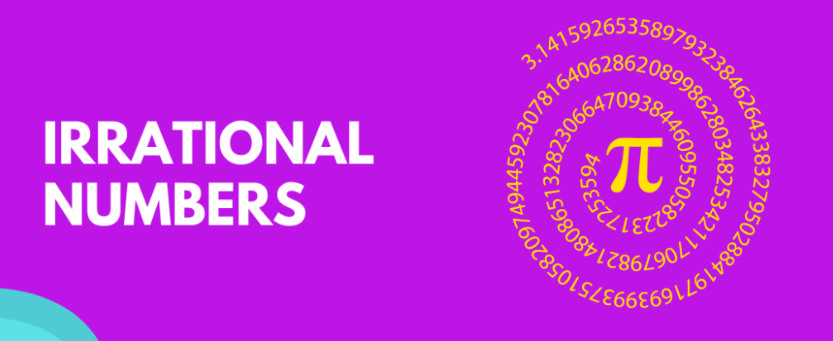Irrational Number – What is an irrational number?
In the realm of mathematics, there exists a fascinating and enigmatic group of numbers known as “irrational numbers.” Unlike their rational counterparts, these numbers cannot be expressed as fractions and possess an infinite non-repeating decimal representation. In this article, we will embark on a journey to unravel the allure of irrational numbers, shedding light on their significance and presenting compelling examples that showcase their infinite beauty.
Irrational Numbers definition

Irrational numbers defy the simplicity of rationality, captivating mathematicians with their inherent unpredictability. They reside on an endless continuum between other numbers, filling the gaps left by rationality. Unlike rational numbers, irrational numbers cannot be precisely expressed as the ratio of two integers, making them transcendental and infinite in nature.
Irrational numbers examples
Irrational numbers examples that helps you to find which of the following is an irrational number
- √2 (Square Root of 2): One of the most famous irrational numbers, the square root of 2, cannot be expressed as a fraction. Its decimal representation is an unending sequence of numbers after the decimal point, never repeating or terminating. The approximate value of √2 is 1.41421356…
- π (Pi) is rational or irrational – π (Pi): Another renowned irrational number, pi represents the ratio of a circle’s circumference to its diameter. This transcendental number, approximately equal to 3.14159, also possesses a non-repeating and infinite decimal expansion.
- e (Euler’s Number): Named after the Swiss mathematician Leonhard Euler, e is an irrational number representing the base of the natural logarithm. It has a value of approximately 2.71828, and its decimal expansion extends infinitely without repetition.
- √3 (Square Root of 3): The square root of 3 is another notable irrational number, with a decimal representation that goes on indefinitely without any repeating pattern. Its approximate value is 1.73205.
- φ (Phi or the Golden Ratio): This irrational number holds a special place in art, architecture, and aesthetics due to its harmonious proportions. Its value is approximately 1.61803, and like other irrational numbers, it possesses an infinite and non-repeating decimal representation.
Significance and Applications:
Irrational numbers play a vital role in various mathematical disciplines, including geometry, calculus, and number theory. They provide the foundation for trigonometric functions, logarithms, and exponential growth, enabling mathematicians to model and analyze complex phenomena in the natural and physical sciences. Additionally, irrational numbers are deeply intertwined with patterns in nature, art, and music, enhancing our understanding and appreciation of the world around us.
Is every rational number a whole number?
No, not every rational number is a whole number. In fact, whole numbers and rational numbers are distinct sets within the number system.
Whole numbers include all the positive integers (1, 2, 3, …) and zero (0). They do not include negative numbers or fractions.
Rational numbers, on the other hand, include all numbers that can be expressed as a fraction of two integers. This includes integers, decimals that terminate or repeat, and fractions.
Here are a few examples to clarify the distinction:
- Whole Numbers:
- 0 is a whole number.
- 1 is a whole number.
- 2 is a whole number.
- 3 is a whole number.
- Rational Numbers (Non-Whole Numbers):
- 1/2 is a rational number, but it is not a whole number.
- 3.14 is a rational number (π expressed as a decimal), but it is not a whole number.
- -5/4 is a rational number, but it is not a whole number.
- 0.333… (repeating decimal) is a rational number, but it is not a whole number.
From these examples, we can see that while every whole number is a rational number, not every rational number is a whole number. The set of whole numbers is a subset of the set of rational numbers, but the two sets are not equivalent.
Conclusion:
Irrational numbers, with their infinite and unpredictable nature, bring a sense of mystery and wonder to the realm of mathematics. Their examples, such as √2, π, e, √3, and φ, highlight the profound beauty and significance of these numbers. By exploring irrational numbers, we deepen our understanding of the vastness and complexity of the numerical landscape, unveiling the hidden patterns and connections that underpin the fabric of our mathematical universe.
